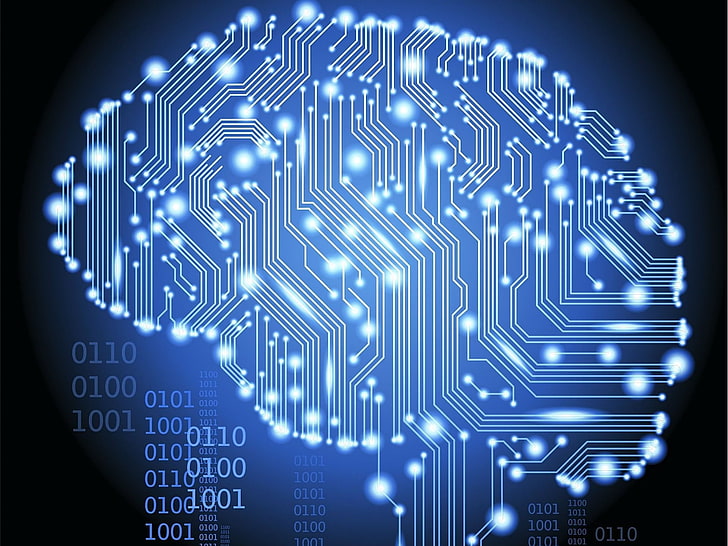Artificial Neuronal control
Ever wondered what could be the life of people who have their sense of movement and perception, but still can't move? Or what will be their life in these situations? You have your limbs but you cannot use them! What a tragedy!
There are millions of people world wide being in such situation where they cannot use their limb(s) even if they want to. These patients come under the category of plegics; where they are unable to move either one or both of their limbs, be it upper or lower; and life is tragic for such people. So an establishment called as NeuroLife came up with a solution.
NeuroLife is an establishment developed by Battelle and Ohio State University, that aims to provide a full neuronal control of the limb that has lost its function.
UNDERSTANDING BASIC NEUROMUSCULAR PHYSIOLOGY -
We all know how easily the hand raises to give a high five or to punch/slap someone in adverse cases. But the movement of the hand has various activities going on. The receptors at the tip of your fingertips give you an idea of where your hand/arm is in relation to the space surrounding it. This is called as Proprioception (awareness of the position in the space around you). When you move the hand, it causes the cerebral motor cortex to fire action potentials that go from your brain into spinal cord to the nerves that supply the arm. Also parallel circuits action potential are sent to cerebellum that rectifies any abnormal responses and rectifies it, making the motion smooth.
To understand this more clearly, imagine it as a stop motion animation. It all appears breaky and jagged because of the multiple times it is moved to get a single movement.
This video gives an example that how the motion would have been seen if the cerebellum wouldn't send the rectifying circuits, it all appears like frame by frame stopping like.
But at the same time when the cerebellum sends circuits, it becomes smooth and thus more easier to control and more fine the outcome; as demonstrated in this video.
So, when all this cumulative responses arrive at the junction where the muscle needs to be stimulated for movement, the action potential is transferred into the muscle and thus it causes a series of reaction which leads to muscular contraction and this the movement.
Since people who cannot move their muscles, especially of hands and legs, life a life which is very challenging. They know they have their muscles, but still cannot do anything, in order to move them, because their neuronal firing cannot excite the muscles to contract, even if they want to.
If they cannot move all of their 4 limbs they are called as quadriplegics and if either of the limbs(lower limbs specifically) they are called as paraplegics.
Back to the topic -
So, NeuroLife came up with an idea that "what if, we can record those electrical messages of the brain and transmit them to the limbs via external electrodes. For this, they add a electrode wire inside your brain using brain surgery and the externally the receiver will be closed off with the cap so that it does not get damaged.
This image shows how the external surface of the implant looks like with the cap on.
As the cap is removed, it is then attached to a computer that maps the movements what you think; for example, if you think the movement of grabbing a pencil, it will be mapped in the computer and then executed via the electrodes placed onto your hand. There may be 300-400 electrodes placed onto hand.
This is how the receiver looks like when the cap is removed.
But since this whole setup is big, it cannot be carried outside for easy use. The company and its developers are still managing to make it portable, so that they can use it.
To understand it better, here is the youtube link. All images have been taken from them and all credit to the original users.
Link to the video - https://www.youtube.com/watch?v=_6oNoLWcDqw








Comments
Post a Comment